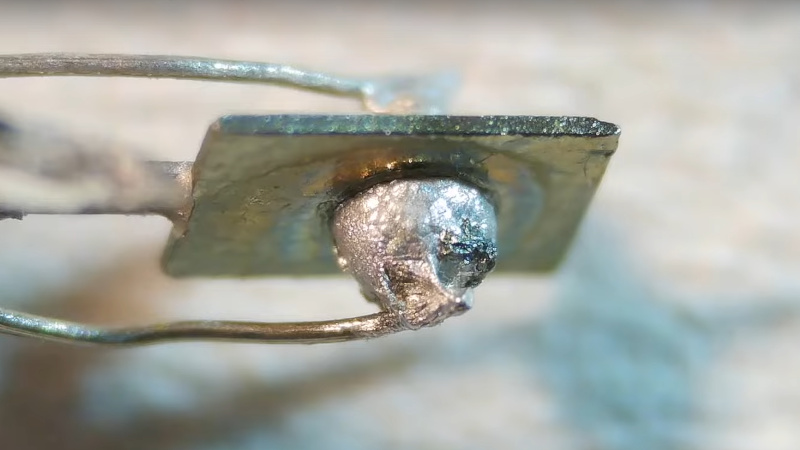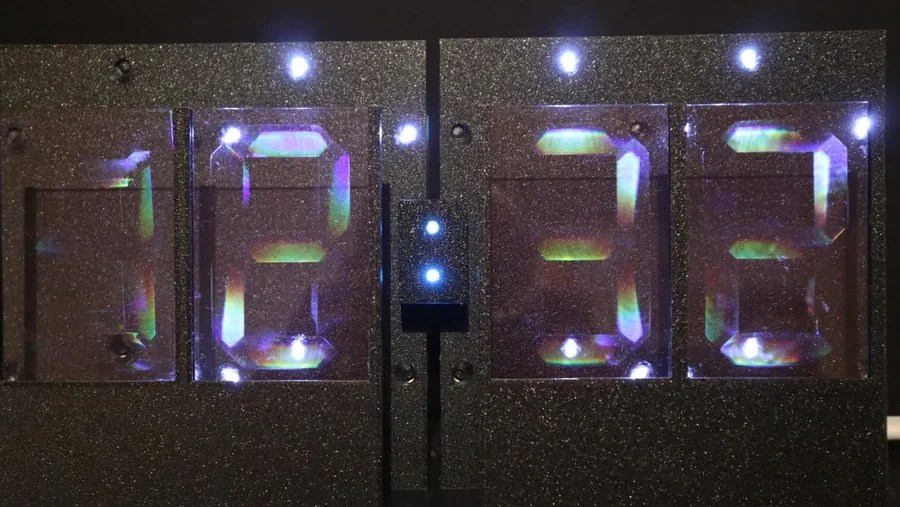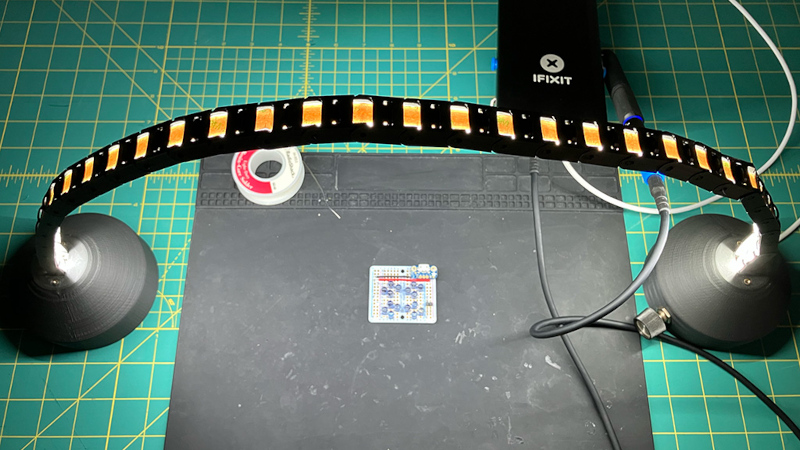Inside A Germanium Transistor | Hackaday
The first transistors were point contact devices, not far from the cats-whiskers of early radio receivers. They were fragile and expensive, and their performance was not very high. The transistor which brought the devices to a mass audience through the 1950s and 1960s was the one which followed, the alloy diffusion type. [Play With Junk] has a failed OC71 PNP alloy diffusion transistor, first introduced in 1957, and has cracked it open for a closer look.
Inside the glass tube is a small wafer of germanium crystal, surrounded by silicone grease. It forms the N-type base of the device, with the collector and emitter being small indium beads fused into the germanium. The junctions were formed by the resulting region of germanium/indium alloy. The outside of the tube is pained black because the device is light-sensitive, indeed a version of this transistor without the paint was sold as the OCP71 phototransistor.
These devices were leaky and noisy, with a low maximum frequency and low gain. But they were reliable and eventually affordable, so some of us even cut our electronic teeth on them.




Post Comment